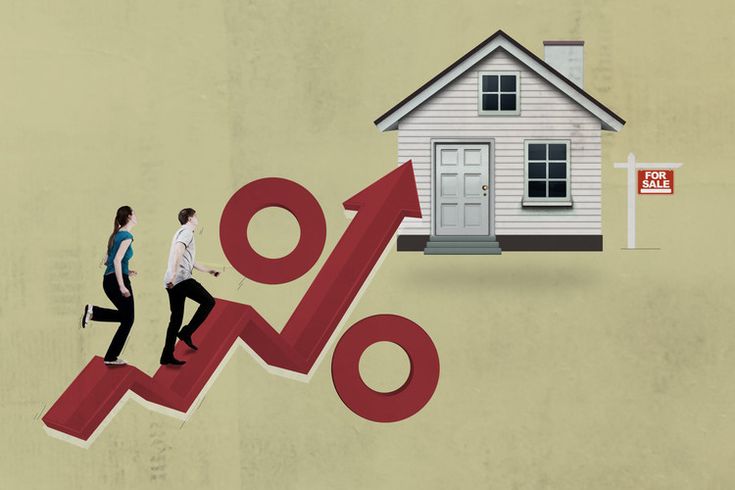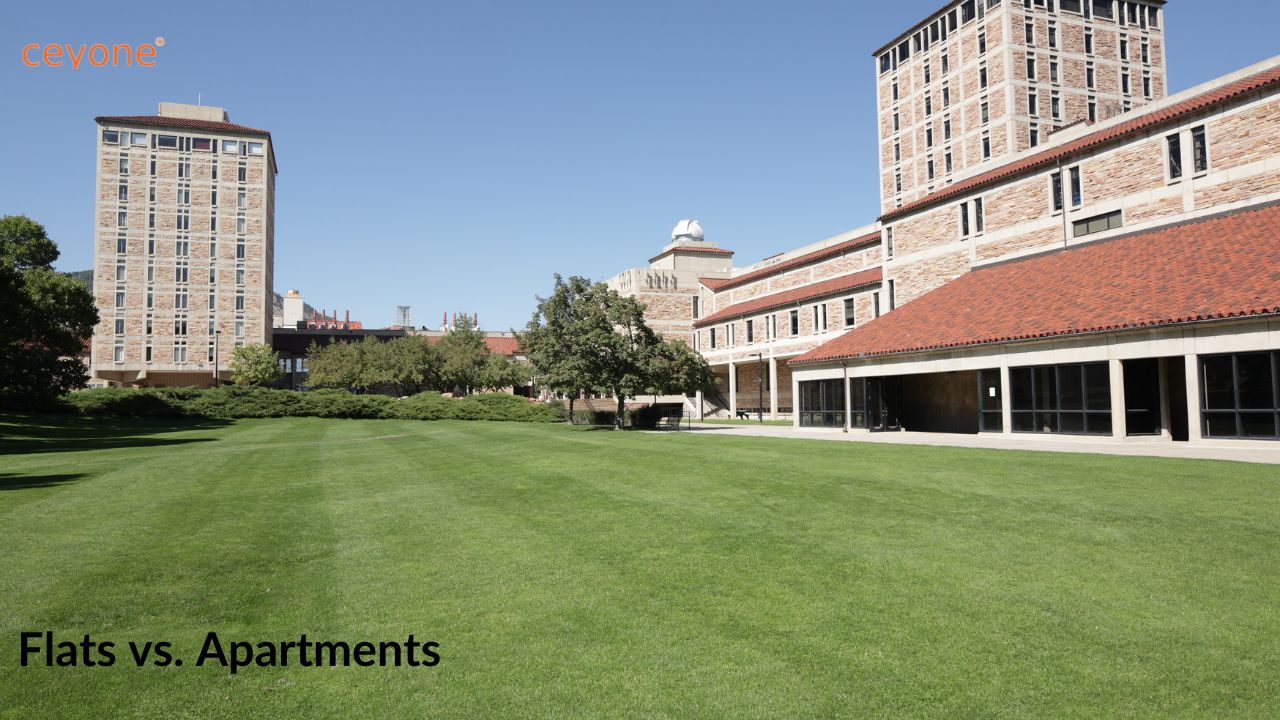7 Powerful Ways Commute Time Impacts Your Real Estate ROI
Explore how commute time impacts real estate ROI. Learn why proximity to key hubs boosts value, rental income, and long-term returns. Invest smarter with Ceyone.
When evaluating a property investment, factors like price, location, rental yield, and appreciation potential typically top the list. But one factor that investors often overlook—yet can significantly impact return on investment (ROI)—is commute time. Whether you’re buying a rental property or a home to flip, understanding how commute times affect desirability and value is crucial for making smart real estate decisions.
Why Commute Time Matters
Commute time refers to how long it takes to travel between a home and the workplace, schools, or other key locations. With increasing urban congestion and rising fuel costs, more buyers and tenants are prioritizing convenience and proximity to employment hubs. In fact, studies show that long commutes are directly linked to lower life satisfaction, which in turn affects housing preferences.
For real estate investors, this shift in buyer and renter behavior means that properties located closer to employment centers—or with easy access to transit—can command higher prices, rent faster, and appreciate more steadily over time.

1. Higher Demand = Higher Value
Properties located near major employment hubs, public transportation, or within short commuting distances tend to be in higher demand. This demand is reflected in:
- Higher property values: Homes in well-connected neighborhoods often sell at a premium.
- Lower vacancy rates: Tenants prefer rentals that minimize commute time.
- Greater price resilience: During market downturns, properties with good connectivity tend to retain value better.
For example, a property that’s 10 minutes from a central business district (CBD) might attract professionals willing to pay more in rent or purchase price simply to save 30–60 minutes a day in travel.
2. Rental Income Impact
If you’re a buy-to-let investor, commute time directly influences your rental income. Tenants are willing to pay more for a convenient location, particularly in urban areas with high traffic congestion or limited parking.
Real-World Impact:
- A 2-bedroom apartment in a suburb with a 15-minute metro ride to downtown may rent for 20–30% more than a similar unit in a more remote area with a 60-minute bus commute.
- Properties near transit stations often attract long-term tenants, reducing turnover costs and vacancy periods.
In essence, better commute options can justify higher rents, improving your gross rental yield and overall ROI.
3. Appreciation Potential
Commute time also plays a role in capital appreciation. As cities expand and infrastructure improves (e.g., new metro lines or expressways), previously “out-of-reach” neighborhoods become more accessible—and property values rise accordingly.
Consider this:
- An area with poor public transport today may see double-digit appreciation once a new metro station is introduced.
- Investors who buy before infrastructure upgrades can benefit from strong medium to long-term ROI as demand rises.
That said, these gains require some foresight and patience. Being ahead of infrastructure developments can be a winning strategy if timed right.
4. Lifestyle Trends Are Changing the Equation
Post-COVID, remote and hybrid work models have somewhat changed how people view commute time. However, for many professionals, especially in sectors like finance, healthcare, or education, proximity to the workplace still matters.
Moreover, even with work-from-home trends, access to amenities—schools, hospitals, entertainment zones, and shopping areas—remains important. The broader definition of “commute time” now includes lifestyle accessibility.
5. Risks of Ignoring Commute Time
Investors who ignore commute-related factors may find themselves stuck with:
- Longer vacancy periods
- Lower rental income
- Slower appreciation
- Difficulty reselling the property
A house with poor connectivity may look like a bargain, but the long-term holding costs and lower tenant appeal can erode your ROI significantly.
6. What to Look For as an Investor
If you’re evaluating a potential investment, here are some commute-related questions to ask:
- How far is the property from major employment centers?
- Are there public transport options nearby?
- How bad is traffic during peak hours?
- Are there any planned infrastructure upgrades in the area?
- What is the average commute time for current residents?
Also, consider using tools like Google Maps (with traffic data), local transportation apps, or city development plans to assess real-world commute scenarios.
7. Short Commutes Can Be a Strong Selling Point
When marketing your property, highlighting a short commute can be a major selling point. Use phrases like:
- “Just 10 minutes to the tech park”
- “Walking distance to metro station”
- “Easy access to CBD and schools”
For both sales and rentals, emphasizing connectivity can make your listing stand out and justify premium pricing.
Final Thoughts
Commute time is more than just a lifestyle factor—it’s a strategic metric that can significantly shape the success of your real estate investment. From driving higher rental yields to improving appreciation potential and reducing vacancy risk, properties in well-connected locations offer distinct advantages.
At Ceyone, we understand the value of smart connectivity. That’s why we focus on identifying and curating projects with optimal access to key hubs, ensuring our investors and homebuyers enjoy both convenience and strong ROI. Whether you’re looking for your next home or a profitable investment opportunity, choosing the right location—with commute time in mind—can make all the difference.
Let Ceyone help you invest smarter.














Post Comment